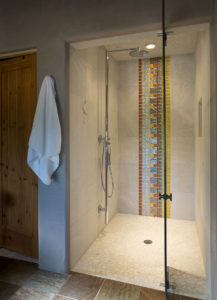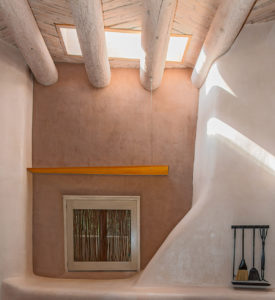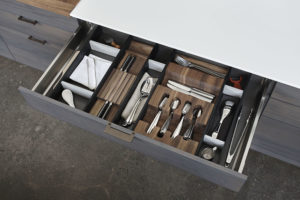(No) Beating Around the Bush

We often believe that we are being clear in our intent and conveyance of what it is we expect and need out of a transaction or a professional relationship, but there are key factors that are the hallmarks of making that so: clarity of expectation, self-awareness as to boundaries and preferences, and asking key questions to ensure understanding.
One of the key contributors to success and harmony in any relationship, interior design included, lies in expectations met and unmet. The more we are able to identify and voice our expectations, the more likely they are to be met, and vice versa. Client and designer are equally responsible for ensuring that objectives are identified, resulting outcomes are quantified and communicated, and communication is kept on track along the process.
An infinite number of details unfold and are necessarily applied to any interiors project. An interior designer navigates these details daily, and assumes much responsibility for them. Some details require more client guidance, while others can be worked out behind-the-scenes based on expertise. Knowing the level of oversight that a client would like to have or needs not be bothered with is a crucial issue to be established early on. Interior designers perform due diligence in the programming phase to net out the overarching and intricate nuances about a client, informing the design and subsequent selections. Key issues not revealed up front only to surface later, result in wasted resources. That goes for representing the influential biases of all stakeholders, whether a spouse, partner or other decision influencer. The more all voices are represented up front, the lower the chance of multiple design iterations saving time and money.
We all have our limits as to who and what we allow into our domain and a threshold for change or certain variables. It is incumbent upon the client to be forthright about what those are, rather than hoping for the best and inviting the possibility of discord later. Do not be ashamed about your opinion, connotations or parameters. The more an interior designer understands about your make-up, likes and dislikes, and hotbuttons, the more efficient and successful the process and outcome.
We often note that the most successful projects are those where the client clearly portrays their vision, priorities, and is decisive. The larger picture of a home or commercial project has a lot at stake. There is reputation, emotions, money, and the looming question “will I love it?”, any or all of which can cause much trepidation. If an interior designer has been well vetted, the confidence in them to shepherd the project with the client’s best interest in mind will hopefully be proven. And as decisions need to be made, unless there are strong, clear directives to the contrary, the interior designer’s best professional recommendations will be heeded.
The careful selection of an interior designer that will align with your project, timetable, expectations, and communication style is of high importance. This enables a relationship based on trust, respect and optimal outcome for expectations to be met and surpassed.


